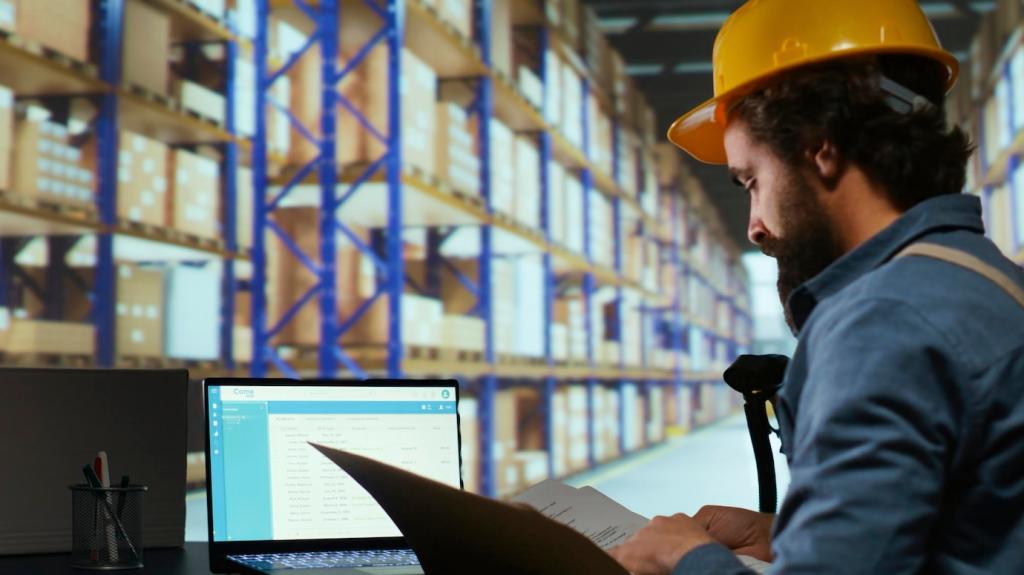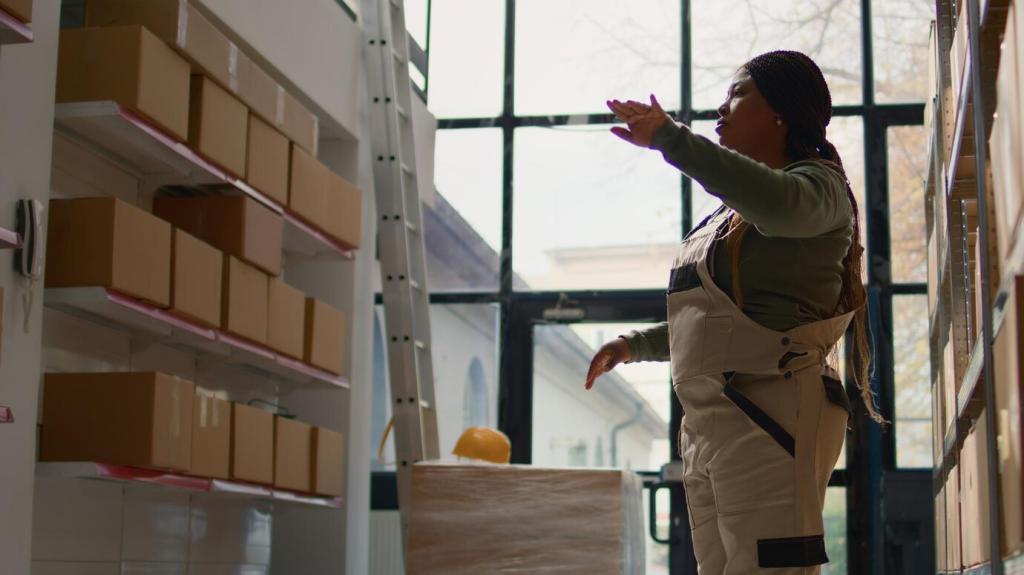AI Forecasting and Autonomous Replenishment
Large-scale time-series models and transformers increasingly learn seasonal quirks, promotion lift, and cannibalization across categories. They surface uncertainty, not just point estimates, so safety stock becomes a strategic lever instead of an expensive guess. What signals would you add next?
AI Forecasting and Autonomous Replenishment
Autonomous agents watch stockouts, supplier reliability, MOQs, cash constraints, and transport capacity. They propose purchase orders with transparent rationales, while humans approve and set guardrails. Over time, trust thresholds rise. How would you tune exception rules for your categories?









